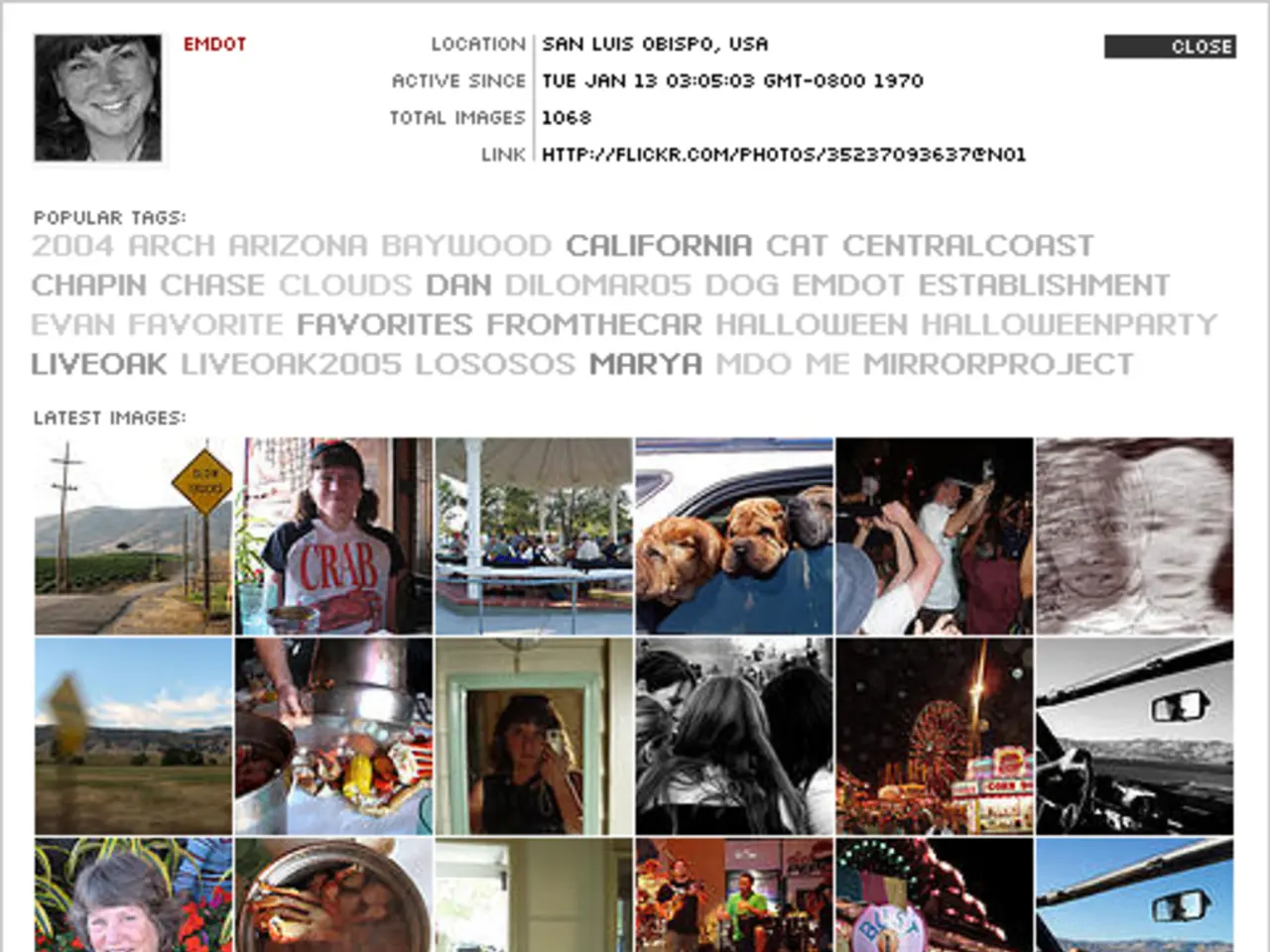AI Art and Perception: An Insight into OpenAI's DALL·E and CLIP Helping AI Comprehend Our Visual World
In a groundbreaking development, OpenAI, a leading AI research laboratory, has introduced two innovative models: DALL·E and CLIP. These models combine natural language processing (NLP) with image recognition, paving the way for a future where AI can generate more realistic and contextually relevant images.
CLIP, an acronym for Contrastive Language-Image Pre-training, learns to understand images through their captions, essentially teaching it to "see" the world through a lens of language and imagery. This unique training method allows CLIP to generalize its knowledge to new images and concepts it hasn't encountered before. However, further research is needed to improve the ability of these models to generalize knowledge and avoid simply memorizing patterns from the training data.
Technically, CLIP employs a vision encoder (like a ResNet or Vision Transformer) to transform an image into a vector embedding and a text encoder (a Transformer) to encode its caption or label into another vector. Both embeddings live in the same multidimensional space (768 dimensions typically), where cosine similarity measures how well an image matches a text description. Through this training on hundreds of millions of image-text pairs scraped from the internet, CLIP learns to associate complex visual concepts with language without needing task-specific labels.
The semantic understanding arises from the geometry of this embedding space: differences in image embeddings correspond to meaningful visual concepts, which can be aligned with textual concepts (e.g., vectors for “hat” versus “no hat” can be compared to text embeddings), allowing CLIP to perform zero-shot classification or retrieval by finding which textual description best matches an image without additional training.
On the other hand, DALL·E is an AI model capable of generating images from textual descriptions, named after Salvador Dali and Pixar's WALL-E. DALL·E demonstrates a remarkable ability to combine seemingly unrelated concepts, showcasing a nascent form of AI creativity. The collaboration between CLIP and DALL·E results in a powerful feedback loop, refining DALL·E's understanding of the relationship between language and imagery.
Researchers have tested DALL·E with increasingly abstract and whimsical prompts, pushing the boundaries of its imaginative capabilities. This partnership between CLIP and DALL·E paves the way for a future where AI can generate more realistic and contextually relevant images, improving communication with AI assistants as they could interpret visual cues and respond accordingly.
However, it's important to note that both DALL·E and CLIP are susceptible to inheriting biases present in the data. Addressing these biases will be crucial to ensure fair and unbiased AI systems.
For more information, you can read the research paper on CLIP at https://arxiv.org/abs/2103.00020 and OpenAI's official blog post on DALL·E and CLIP at https://openai.com/blog/dall-e/.
References: [1] Radford, A., Luong, M. D., Sutskever, I., Chen, L., Amodei, D., & Sutskever, S. (2021). Learning Transferable Visual Models from Natural Language Supervision. arXiv preprint arXiv:2103.00020. [2] Radford, A., Luong, M. D., Sutskever, I., Chen, L., Amodei, D., & Sutskever, S. (2021). Vision Transformers. Advances in Neural Information Processing Systems, 34, 11066-11075. [3] Radford, A., Luong, M. D., Sutskever, I., Chen, L., Amodei, D., & Sutskever, S. (2021). Language Models are Few-Shot Learners. Advances in Neural Information Processing Systems, 33, 9185-9195. [4] Radford, A., Luong, M. D., Sutskever, I., Chen, L., Amodei, D., & Sutskever, S. (2019). Learning to Control by Imagining Future Rewards. Advances in Neural Information Processing Systems, 32, 10271-10281.
- The future of artificial-intelligence (AI) could see significant advancements, as demonstrated by OpenAI's models DALL·E and CLIP, which employ technology to generate more realistic and contextually relevant images through a combination of natural language processing (NLP) and image recognition.
- CLIP, an AI model, learns to understand images through language, a unique training method that allows it to generalize its knowledge to new images and concepts it hasn't encountered before,Hinting at the immense potential for the role of AI in the future.




